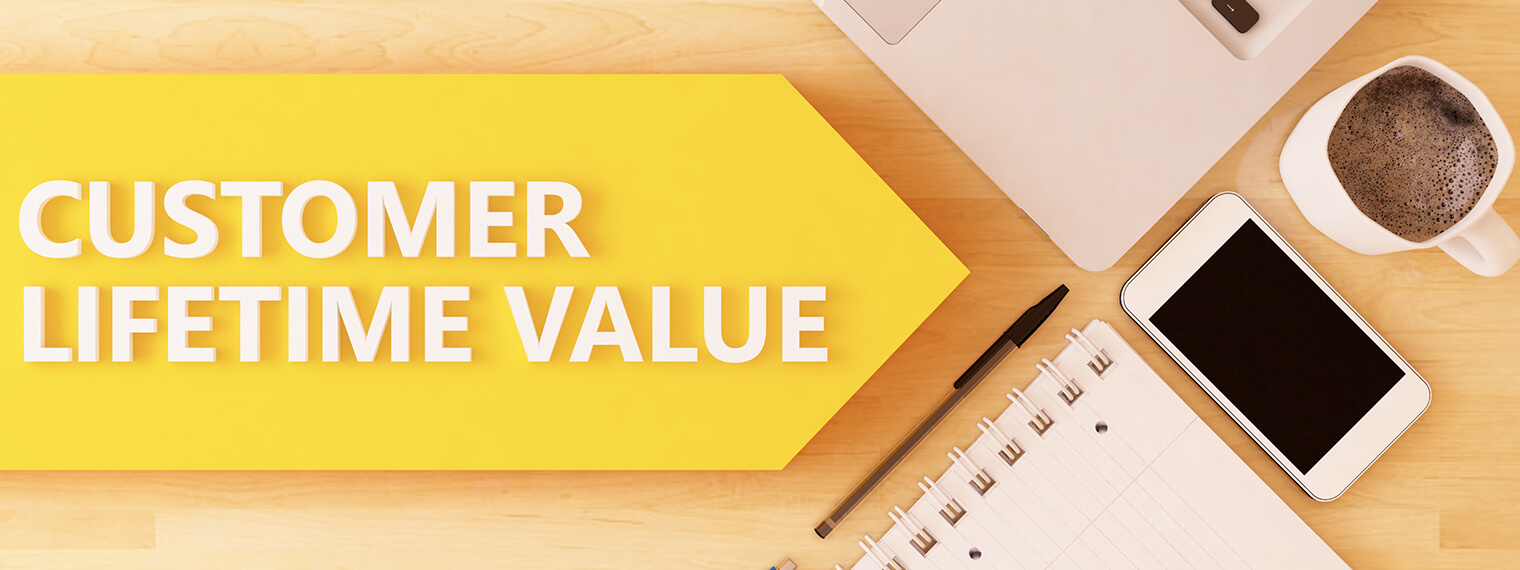Customer lifetime value (CLV) is usually defined as the average amount of money your customers spend on your products or services over the whole lifespan of your relationship.
Customer Lifetime Value: Everything you need to know
It’s regarded as a key stat, often tracked as part of a customer experience programme. It tells you a good deal about how your audience perceives you, how much your customers like your products or services, how often they return to purchase again, and how much all of that is worth to you once you take into consideration the cost of acquiring that customer.
It’s also a very useful way of keeping you ahead of your competitors.
What is Customer Lifetime Value
Customer lifetime value is the total worth to your business of a customer over the whole period of the relationship you have with them. It’s important to know this stat as it costs you less to retain an existing customer compared to acquiring a new one.
How to calculate CLV
At its core, learning to calculate CLV isn’t too complex.
For example, if you buy a product for GBP 50 from the same company, once per year, every year, for 10 years, then your CLV has been worth GBP 500 to that company minus the amount they had to spend (on average) to acquire you as a customer.
For larger companies, calculating CLV can be more complicated, but if your data – from across your organisation – is well integrated, it is still possible.
For larger companies, you would need to:
- Identify the points where a customer makes a purchase
- At each key point, measure the revenue
- Understand how much it cost you to acquire that customer
You may want to calculate CLV based on the actual purchases a customer has made over the years, or based on what you predict that customer may spend in the future. To do this, you need to take into account the following:
- Monthly transactions and amount spent (average)
- Number of months customers remain loyal
- Average gross margin (what they spend minus acquisition cost)
Benefits of knowing your CLV
Knowing the CLV helps businesses develop strategies to acquire new customers and retain existing ones. And doing all of this while ensuring profit margins remain favourable.
Ultimately, you don’t need to get bogged down in complex calculations – you just need to look at the value a customer provides to your company. By understanding the customer experience and measuring feedback at all the key touchpoints, you can start to understand the key drivers of CLV.
It’s a particularly good metric when you have a multi-year relationship with a customer, and it also helps you spot the signs of any problems, such as their spending dropping off after a particular point (such as the first month/year/and so on.)
Boosting lifetime value
Your customers are worth something to you today and tomorrow. They have enormous future value if you’re able to retain them as customers for the long term.
So customer lifetime value is important because as the number gets higher so do your profits. Yes, you did need to spend money to acquire them initially but retaining over time always costs less than finding new customers – some estimates put it as high as five times more expensive to acquire a new customer versus retaining an existing one.
So focusing on your current customers and looking at the value they have not just brought you but will hopefully continue to bring you over many future years is key.
To boost lifetime value you need to retain your existing customers. Here are a few ways you can go about doing that:
- Creating useful content
- Email marketing
- SMS marketing
- Social media marketing
- Segmenting your lists
- Offers and promotions
- Loyalty programmes
- New products/services
Segmenting your lists is a valuable exercise to undertake as is refining how you approach email and social media marketing. But it rarely comes to much unless the content you are putting out through these channels is something that is useful, engaging, and genuinely solves a customer problem.
Yes, you would of course send out offers and coupons. But you also need, when it comes to retention and acquisition, to build strong relationships of trust with your (current and future) customers. This is done by providing regular, helpful content that genuinely addresses your customers’ needs.
The content itself should be in-line with your product and service and be part of the ‘solution’ that your product or service offers.
This type of indirect promotion means the customers feels more cared for, more listened to, and when it comes time to make their first purchase (or return to make another purchase) they’re going to turn to your company as you have built up a relationship with them over time.
Working with company formation specialists
We are a team of company registration professionals in Dubai who are passionate about bringing the dreams of aspiring entrepreneurs and SMEs to life.
As well as handling your license application, Set Hub can also assist with the opening of corporate bank accounts and advise on the most appropriate financial institution to suit your specific needs.
We also offer visa and immigration services and can handle all government formalities, permissions, work permits and visas applications that are required to trade in the UAE.
In short, our experts can establish your company on your behalf, make your license and visa applications, and take care of all the necessary admin – leaving you free to get on with running your business.
